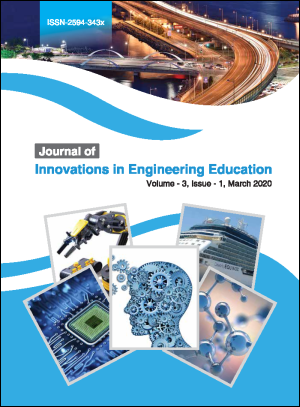Hydrological and Hydraulic Analyses of Urban Storm Water Drainage System of Major Area of Pokhara, Nepal
DOI:
https://doi.org/10.3126/jiee.v3i1.34329Keywords:
Flooding, HYKAS, Overflow, Rain Side Drain, Storm Water ManagementAbstract
The immense increase of the structural activity which decreases the pervious area of the city is alarming danger situation pertaining to drainage. Urbanization and improved area of imperviousness are the major contributors that make the existing drainage network insufficient while inadequate maintenance and haphazardly throwing rubbish on the road and drain are other issues. The major objective of the study is to analyze the hydrological and hydraulic status of the urban storm water drainage system of the major area of Pokhara City of Nepal and to compare the calculated result with existing situation, using Rehm tools HYKAS and GraPS under AutoCAD environment. The results of this study show that the size of the existing road side drains is inadequate to handle all the surface runoff. It is found that the existing situation of the drainage system is quite poor and need to be redesign or reconstruct immediately. The hydraulic load of almost all the conduit is beyond the limit assigned. The hydraulic design of the most of the drainage conduit is inadequate and re-design of the drain is essential based upon accurate flow estimation methods. This study concludes that the applicability of the current drainage system is quite poor and needs to make certain changes with their construction immediately in order to avoid any danger and adverse effect possessed by surface flooding over the road surface and other paved surfaces. The surface runoff is significantly increased compared to the situation before the construction of existing drainage system and therefore for the appropriate storm water management of the urban area of Nepal, it is critical to design the drainage system based on both hydrological and hydraulic analyses considering reliable data.
Downloads
Downloads
Published
How to Cite
Issue
Section
License
Upon acceptance of an article, the copyright for the published works remains in the JIEE, Thapathali Campus and the authors.

